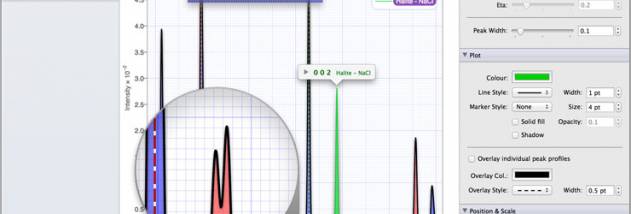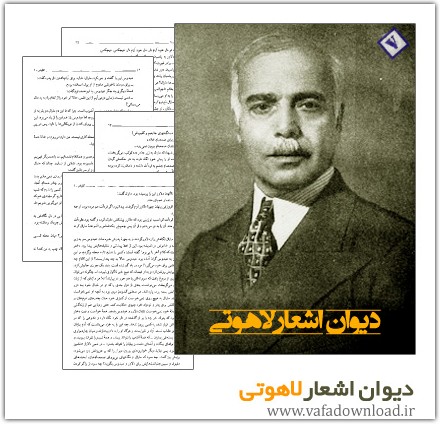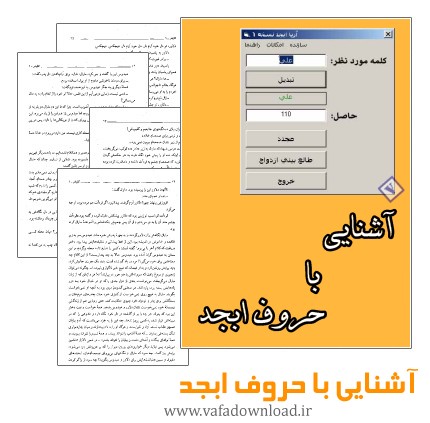


Intensity as a function of energy, d-spacing, 1/d or Q-space (2π/d). Intensity as a function of 2θ, d-spacing, 1/d or Q-space (2π/d).Įnergy-Dispersive X-ray Diffraction, (synchrotron source). Intensity as a function of 2θ, d-spacing, 1/d or Q-space (2π/d).Ĭonstant-Wavelength Electron Diffraction (e.g., powder rings in a transmission electron microscope). Intensity as a function of 2θ, d-spacing, 1/d or Q-space (2π/d).Ĭonstant-Wavelength Neutron Diffraction (e.g., reactor source). Site occupancy values and any atomic displacement parameters ("thermal ellipsoids") are also used in this calculation.Ĭonstant-wavelength X-ray Diffraction (traditional laboratory source). 96–112.CrystalDiffract supports drag-and-drop loading of data files, which can correspond to saved diffraction experiments, crystal structure files, or text files containing real diffraction data.ĬIF - including multi-structure files (each structure generates a separate diffraction pattern, within the same window).ĬMTX (CrystalMaker text file: an easy, human-readable format: much safer than CIF!)ĬMDF (CrystalMaker binary crystal file, generated by versions 7 or later for Mac, or version 1 or later for Windows.)ĭirect Simulation Link via CrystalMaker's Transform > Powder Diffraction submenu, including "Live Powder Diffraction" mode.ĬrystalDiffract lets you simulate diffraction patterns from powdered samples, using a choice of X-rays or Neutrons Intensities are calculated using published atomic scattering factors / neutron scattering lengths, which can be viewed and edited in the program's Scattering Factors window. Pollock, Metallurgical and Material Transactions A, 40 (2009) 1588-1603.ĭ.M. Denis, Journal de Physique IV, 6 (1996) 9. ThermoTech Ltd.: TTNi6, TT Ni-based Superalloys Database, Surrey Technology Center, Guildford, 2003. Sundman B.: ThermoCalc User Guide, KTH Stockholm, 1993. Carpenter, Nuclear Instruments and Methods in Physics Research Section A: Accelerators, Spectrometers, Detectors and Associated Equipment, 239 (1985) 536-544. Von Dreele: General Structure Analysis System (GSAS), Los Alamos National Laboratory Report LAUR 86-748 (1994). Knight: ISIS Spallation Neutron & Muon Source, 1992, p. Preuss, Metallurgical and Materials Transactions A, 38A (2007) 615-627. Wahi, Acta Metallurgica et Materialia, 43 (1995) 507-517. Banerjee, Materials Science and Engineering: A, 528 (2010) 32-36. Voorhees, Journal of Statistical Physics, 38 (1985) 231-252. Christian, The Theory of Transformations in Metals and Alloys, Pergamon, Oxford, 2002. Fecht: Superalloys, TMS, Warrendale, PA, 2000, pp. Lemsky: Assessment of NASA Dual Microstructure Heat Treatment Method Utilizing Ladish SupercoolerTM Cooling Technology, National Aeronautics and Space Administration (NASA), Washington, DC, 2005, p. Reynolds: Superalloys, TMS, Warrendale, PA, 2004, pp. Reed, Materials Science and Engineering A, 259 (1999) 85-97. Thesis, Department of Materials Science and Metallurgy, University of Cambridge, 2009 Connor, TMS Superalloys, Seven Springs, Pennsylvania, 2008. Reed, The Superalloys: Fundamentals and Applications, Cambridge University Press, Cambridge, 2006. The results obtained indicate that conventional methods of measuring lattice misfit will be dominated by the γ′ distribution with the highest volume fraction, and may therefore obscure subtle changes in the γ′ distributions with lower a volume fraction. Simulated diffraction patterns were used to investigate the influence of volume fraction, particle size, and lattice parameter of individual γ′ distributions on the measured lattice misfit.

However, for the faster, 100 K min −1, cooling rate, whilst the secondary γ′ remained unchanged, the tertiary γ′ showed significant coarsening. Microstructural observations validated this result for samples cooled at 1 K min −1. Irrespective of cooling rate, the lattice misfit remained unchanged at approximately 0.1 pct throughout the aging cycle, indicating the microstructure remained stable. Samples were subjected to a super-solvus heat treatment followed by either a 100 or a 1 K min −1 cooling rate prior to aging. The evolution of lattice misfit in the polycrystalline nickel-base superalloy, RR1000, has been investigated using high resolution neutron diffraction at interrupted time intervals during an aging heat treatment.


 0 kommentar(er)
0 kommentar(er)
